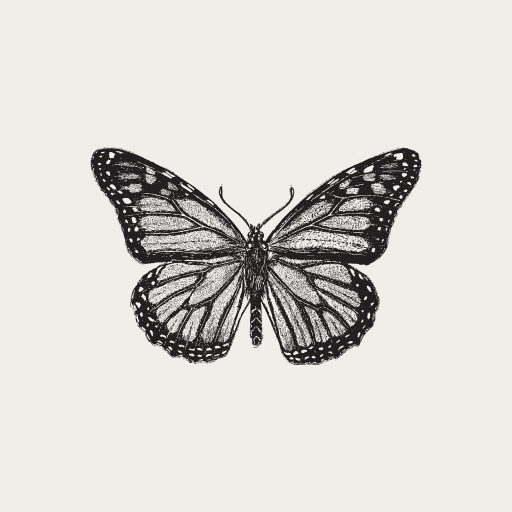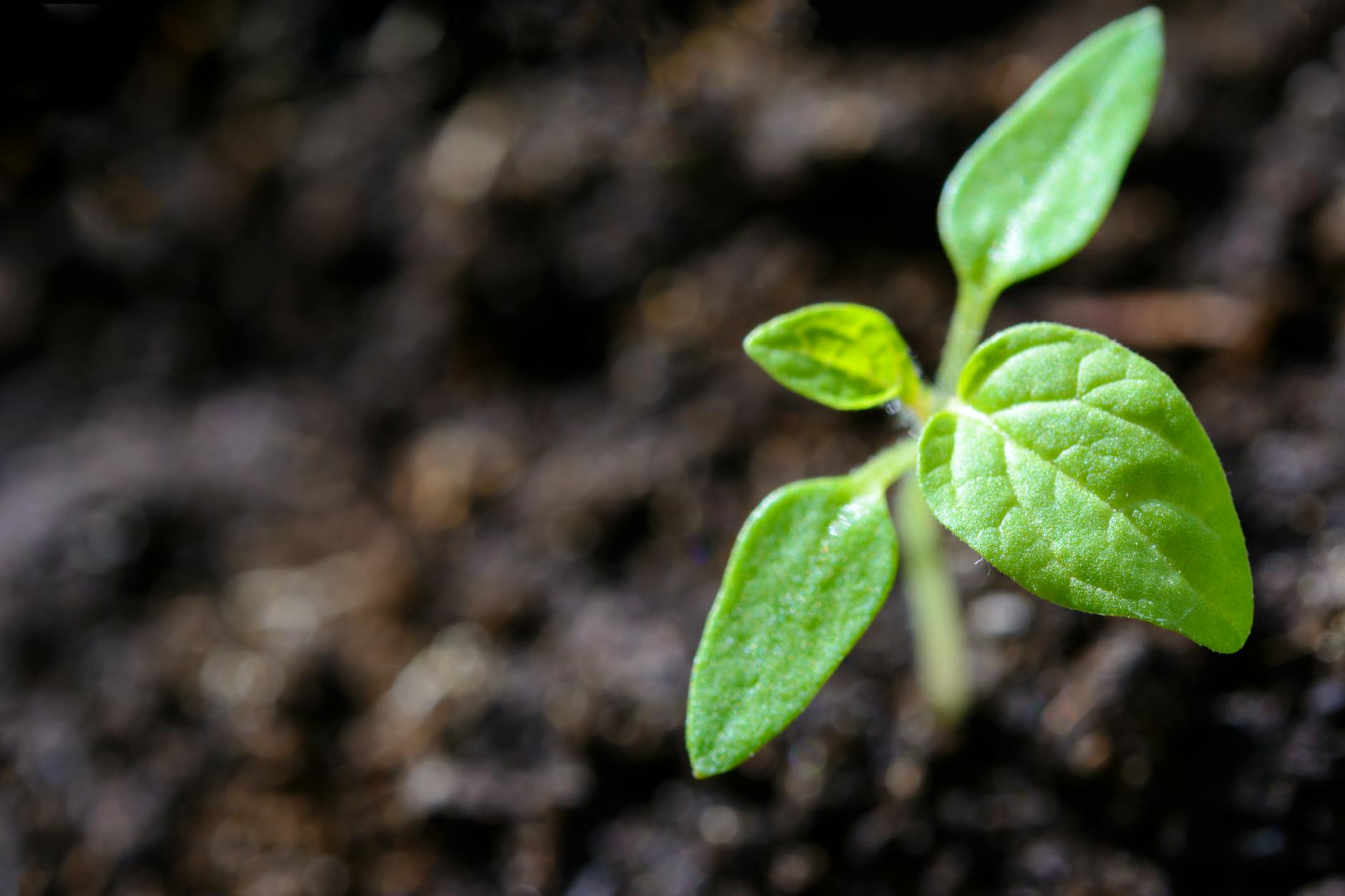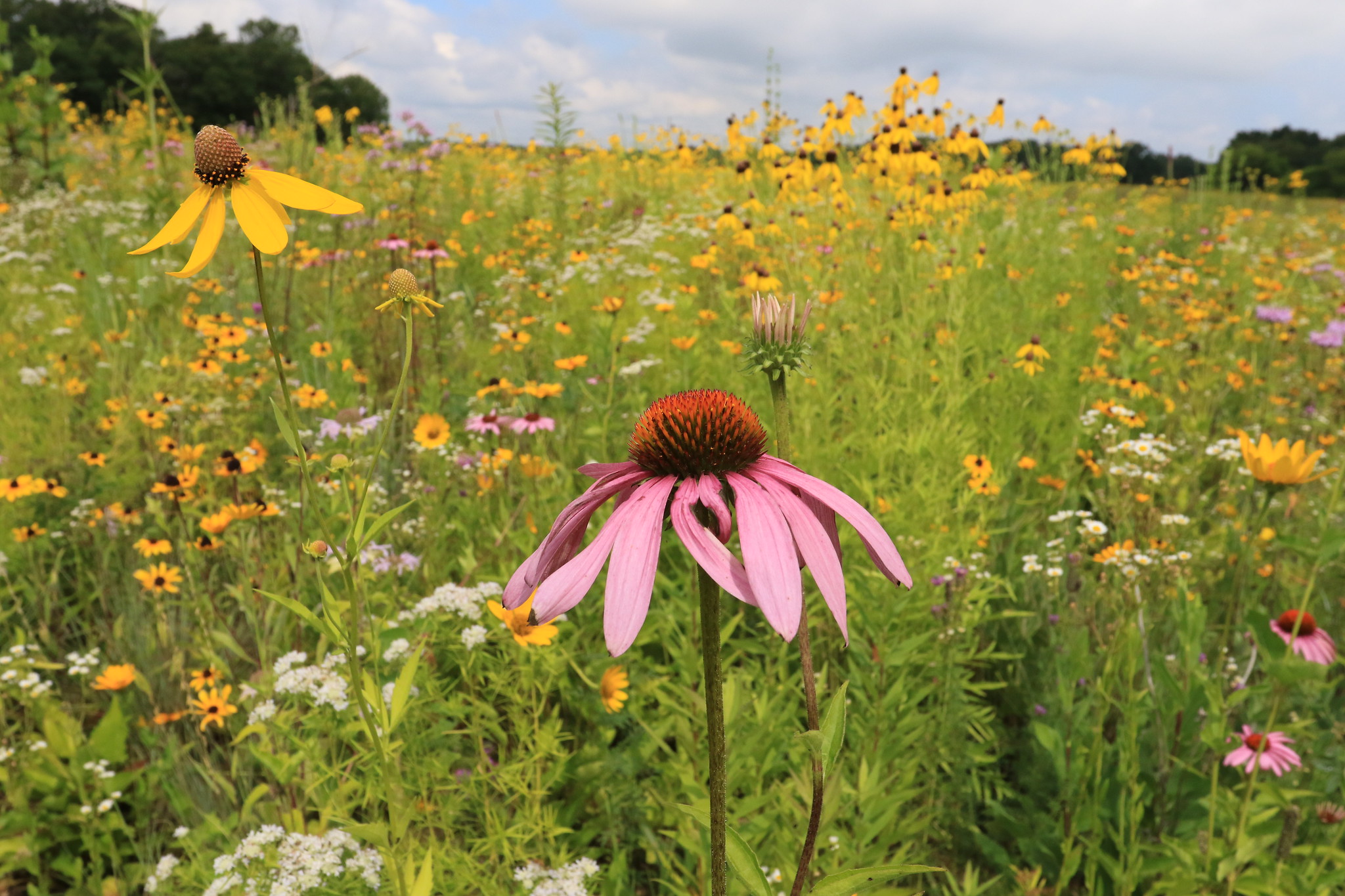The Role Native Plants Play in Reducing Stormwater Runoff and Flood Risks
Flooding can be one of the most destructive forces that communities face, but the solution to preventing some of this damage might be growing all around us—in our own backyards. Native plants, often overlooked as simple landscape choices, are incredibly powerful tools for flood mitigation. They work in harmony with the environment, creating natural barriers that help absorb water, reduce stormwater runoff, and stabilize ecosystems. Let’s explore how these beautiful, functional plants can make a difference, not just for us, but for future generations.
Understanding Stormwater Runoff
Stormwater runoff happens when rainwater falls faster than the ground can absorb it, typically due to impervious surfaces like concrete, asphalt, and rooftops. This runoff carries pollutants, erodes soil, and overwhelms drainage systems, often leading to flooding. In many urban and suburban areas, stormwater runoff has become a significant concern as it increases flood risks and damages the environment. That’s where native plants come in.
How Native Plants Help
Native plants are uniquely suited to the climate, soil, and wildlife of their regions, and their deep, fibrous root systems play a critical role in managing stormwater. Unlike grass lawns or non-native plants, native plants grow roots that reach deep into the earth, creating channels for water to seep into the soil. This deep-rooted system not only helps the plant absorb water more effectively but also increases the soil’s ability to hold and filter it, reducing the chances of flooding and soil erosion.
By allowing rainwater to slowly percolate into the ground, native plants help to minimize surface runoff, which would otherwise flow across paved surfaces and overwhelm stormwater systems.
The Benefits for Flood Mitigation
Native plants are natural flood protectors. Certain plants, like sedges, rushes, and grasses, excel in flood-prone areas because they thrive in wet conditions. These plants create a thick layer of vegetation that slows down the flow of water, allowing it to soak into the soil rather than flooding streets or homes. By preventing water from rushing off the land, these plants stabilize floodplains and wetlands, which act as natural sponges, absorbing large amounts of water during heavy rains.
In addition, the more native plants that are in a landscape, the more efficient the ecosystem becomes at filtering and slowing stormwater. In urban settings, even small patches of native plants—like rain gardens—can make a big difference in reducing the strain on stormwater systems.
Beyond Flood Control: Native Plants Offer So Much More
While native plants are powerful in mitigating flooding, their benefits go beyond water management. These plants play a crucial role in maintaining biodiversity and providing habitat for local wildlife. In addition to supporting insects and pollinators, they create homes for birds, amphibians, and small mammals. By planting native species, we help restore and strengthen ecosystems that are increasingly under threat from habitat loss and invasive species.
Furthermore, native plants contribute to healthy soil. Their deep roots prevent erosion, and they improve soil structure by adding organic matter, which helps absorb and hold water even more efficiently. This cycle of water retention, soil health, and biodiversity is a win-win for the environment.
Practical Steps You Can Take
So, what can you do to help mitigate flooding with native plants? Start by incorporating native species into your garden or landscape. Even small actions can have a big impact. Consider planting:
- Native grasses such as little bluestem or switchgrass, which are excellent at soaking up water.
- Rain gardens planted with native wildflowers, which capture and filter rainwater before it reaches storm drains.
- Wetland plants like cattails and bulrushes, which excel in areas with standing water.
Look for local conservation groups or government programs that provide resources or rebates for planting native species. Many communities have programs designed to help homeowners reduce stormwater runoff while enhancing local biodiversity.
Harnessing the Power of Native Plants to Combat Flooding
Native plants are more than just beautiful additions to our landscapes—they are critical allies in the fight against flooding. By planting native species, we can work together to restore ecosystems, reduce stormwater runoff, and protect our homes and communities. Every plant we add to our gardens is a small act of conservation, a step toward a more sustainable and resilient future.
As I reflect on the importance of native plants in reducing flooding, I’m reminded of how often nature’s quiet solutions are the most powerful. We don’t always need large, complex interventions to make a difference. Sometimes, the simplest actions—like planting native species—can have the biggest impact. Each small step we take toward nurturing our landscapes is a step toward a healthier, more vibrant world. Let’s remember that every garden, every native plant, and every drop of water we absorb brings us one step closer to restoring the delicate balance of nature.



